As you all know, I have been getting to know the Hellenistic coinages at the Kelsey this month, and I thought it could be interesting for me, a Late Antique person, to have a refresher course on the history of Hellenistic coinages via this blog. Thus, for the next few months, in no particular order, I will write some introductory posts on the Ptolemaic, Seleukid, Macedonian, and Pergamene kingdoms, with special emphasis on the nature of their currency systems (i.e., open, closed, etc.) There are coins in the Kelsey’s collection representing all of these kingdoms so it will be a nice way for me to digitally showcase these historical objects, catch up on new bibliography, and even brainstorm for some online exhibitions and projects. So please join me!
As we saw in my last post, it was not until the conquest of the Achaemenid territories by Alexander III of Macedon in the late fourth century BCE that the widespread use of Greek coinage spread to non-Hellenic regions, including Egypt. There is evidence for the production of Athenian Owl coinage in Egypt prior to the conquest of Alexander, though it seems this was not an official state attempt to properly implement a monetary system. Since this is such an interesting topic, I have added some bibliography below and hope the coins in the Kelsey will redirect me in this avenue one day soon! For now, we return to the Ptolemies, the most dysfunctionally functional dynasty I know.
Upon Alexander’s death in 323 BCE, the territories of the Macedonian kingdom were distributed among the diadochoi, his generals who survived the subsequent wars. After a series of wars and continuous political unrest between the diadochoi and their sons that lasted for nearly fifty years, three main Hellenistic kingdoms were established by the early third century BCE: the Ptolemaic dynasty in Egypt; the Seleukid dynasty in Syria and the East; and the Antigonid dynasty in Macedon.
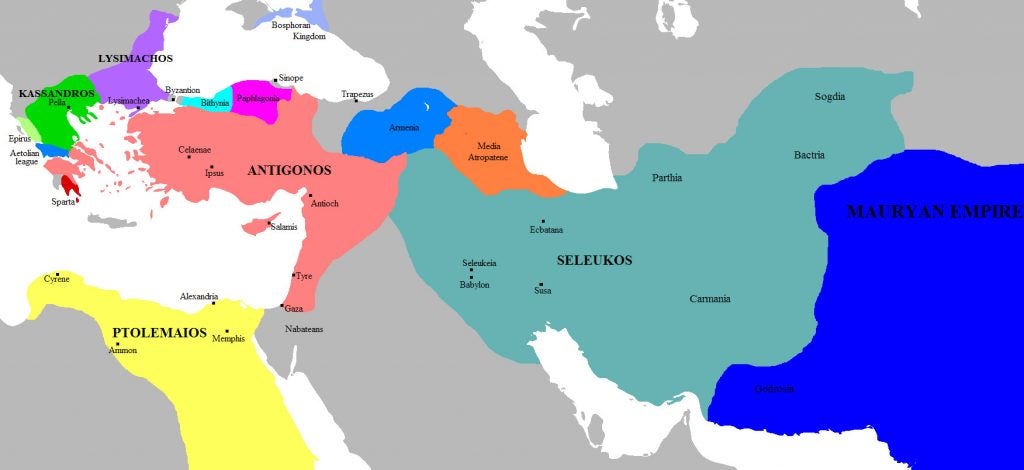
The first Ptolemaic coinage was officially introduced in Egypt soon after Alexander’s death in 323 BCE by Ptolemy I, son of Lagos (Lorber 2012, 2). During the first two decades of Greek rule, Ptolemaic currency used the same weight standard as Alexander himself and the neighboring states that had emerged from Alexander’s kingdom, namely an Attic standard of 17.2 grams of silver per tetradrachm (and a drachma of 4.3 grams). Although often at war, the Hellenistic territories in the East traded heavily with each other, and the Egyptian monetary system initially served to support trade with other Hellenistic neighbors and to pay soldiers in and outside of Egypt, putting a premium on the ease of exchange (Meadows 2014, 169). Thus, the first series of Ptolemaic coinage resembled those of other Hellenistic kingdoms in weight and even iconography.
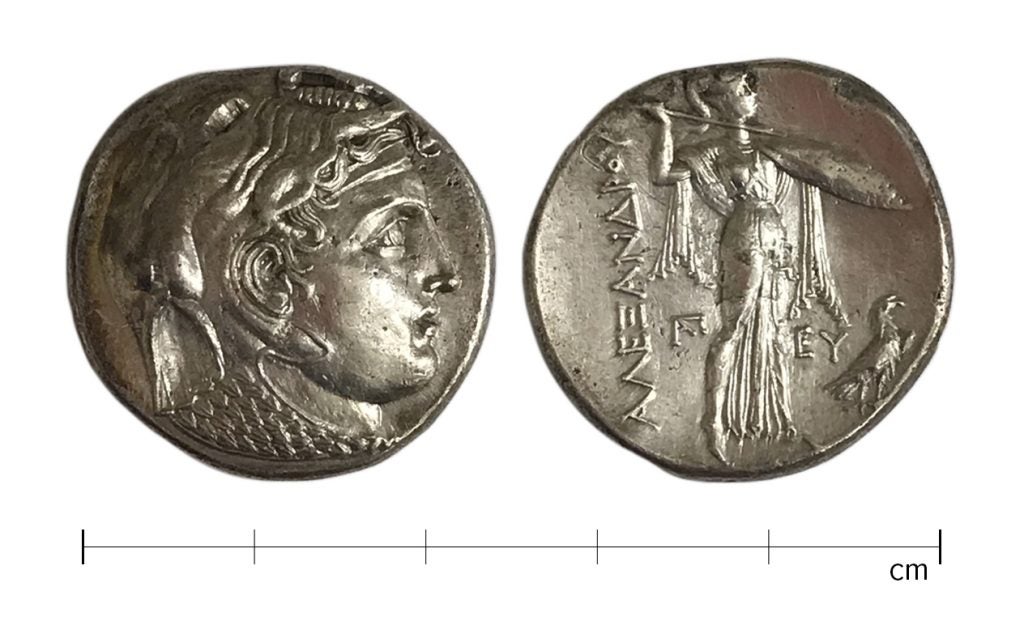
In 306 BCE, however, a fiscal crisis was precipitated by the Ptolemaic defeat at the battle of Salamis, and the ongoing war against the Antigonids forced Ptolemy I to seek extra revenue for state expenses. Ptolemy decided to recoin the Ptolemaic tetradrachms to a standard of 15.7 grams (a reduction of about 8.7 percent), and all non-Ptolemaic coinage was banned from use within the Ptolemaic territories. A few years later, Ptolemy reformed the coinage one last time and the weight of the tetradrachm was reduced again, to 14.27 grams (Lorber 2012, 214).
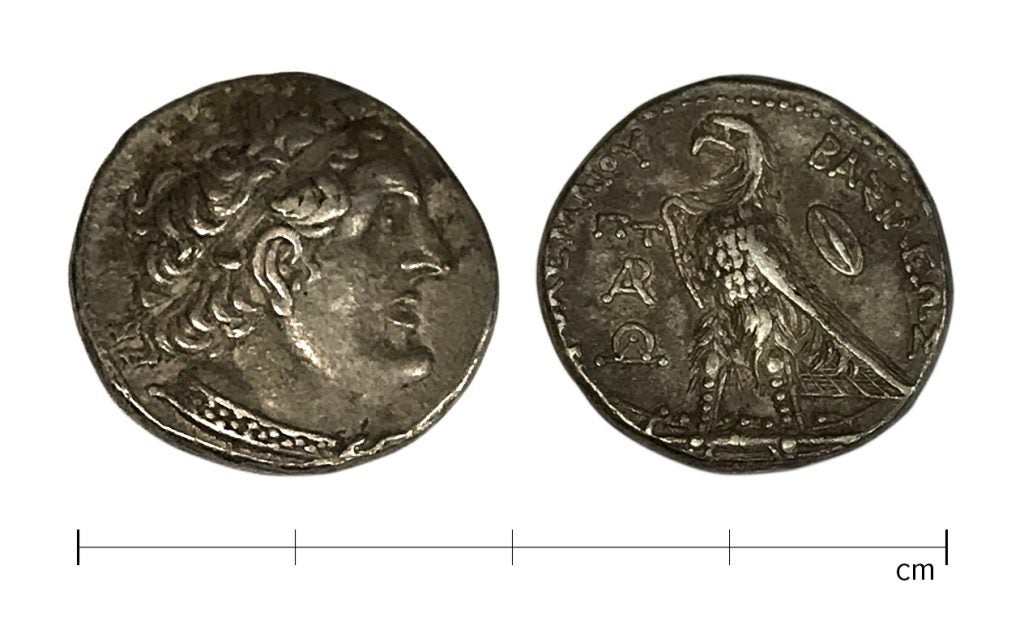
This presumably meant that foreign merchants seeking to acquire Egyptian goods — notably, much-needed grain — were compelled to exchange their Attic-standard coinage (which had become the major international currency) for Ptolemaic currency. Because the Ptolemies maintained a close monopoly over some widely traded Egyptian products, the result of this policy was presumably that the Ptolemaic Kingdom gained a certain amount of silver per coin from monetary exchange, as long as nominal prices remained the same and the two coinages were exchanged as if equivalent. Given the Mediterranean dependence on Egyptian grain and other products, this exchange did not hinder trade, and was perhaps even beneficial for the Ptolemies, who managed to maintain a closed currency system throughout the duration of their dynasty (de Callataÿ 2005).
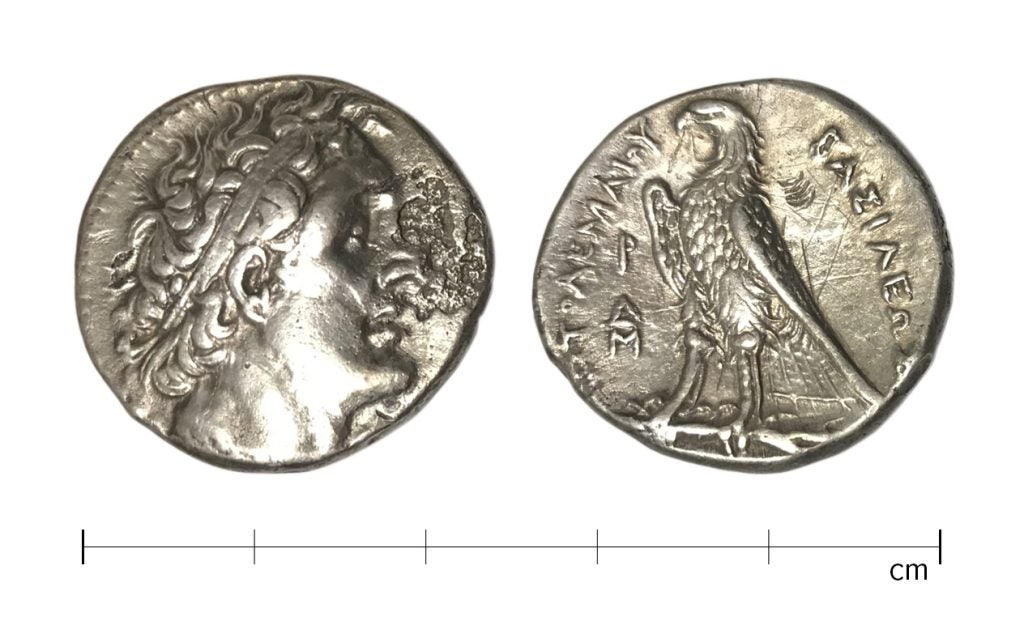
Extensive numismatic and metallurgical analysis of Ptolemaic coinage series has proven that during the late third century BCE, the minting authorities under the Ptolemies planned for a transition into a new monetary system in which the role of the bronze coinage was enhanced. This change, called “La Grand Mutation,” has extensive literature and there are various hypotheses on how exactly the role of silver was replaced. (For a further detailed analysis, see Faucher and Lorber 2010 and bibliography below).

The existence of a localized, limited monetary zone also enabled close control of the gold-to-silver ratio and enhanced the role of bronze coinage in the economy, which continued in the Roman period (Le Rider 1986, 39–48).
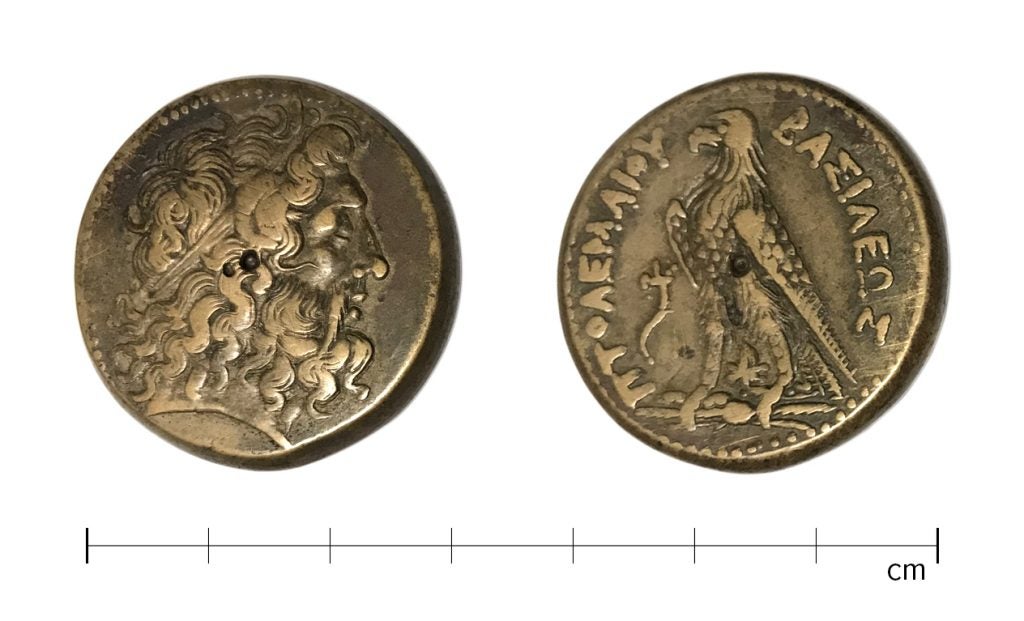
I have added some preliminary bibliography on Athenian Owl coinage in Egypt and some key volumes to Ptolemaic coinage. There is MUCH MORE, so I invite you to check the bibliography for Lorber 2012 and Faucher, Meadows, and Lorber 2017 to get a more thorough Ptolemaic bibliography. Furthermore, check out the previous blog post for introductory bibliography on Hellenistic coinages. In the next post, we will discuss Ptolemaic gold coinages via numismatic evidence in the Kelsey in tandem with something very dear to my Egyptian heart: papyrological sources.
* * * * * * * * *
Bibliography
de Callataÿ, François. “L’instauration par Ptolémée Ier Sôter d’une économie monétaire fermée.” In L’exception égyptienne? production et échanges monétaires en Egypte hellénistique et romaine, edited by Frédérique Duyrat and Olivier Picard, 117–34. Etudes alexandrines 10. Cairo: Institut français d’archéologie orientale, 2005.
Faucher, Thomas, and Catharine Lorber. “Bronze Coinage of Ptolemaic Egypt in the Second Century BC.” American Journal of Numismatics 22 (2010): 35–80.
Faucher, Thomas, Andrew Meadows, and Catharine Lorber, eds. Egyptian Hoards I: The Ptolemies. Bibliothèque d’Etude 168. Cairo: Institut français d’archéologie orientale, 2017.
Le Rider, Georges. “Les Alexandres d’argent en Asie Mineure et dans l’Orient Séleucide au IIIe siècle av. J.-C. (c. 275–c. 225): Remarques sur le système monétaire des Séleucides et des Ptolémées.” Journal des Savants 1, no. 1 (1986): 3–57.
Lorber, Catharine. “The Coinage of the Ptolemies.” In The Oxford Handbook of Greek and Roman Coinage, edited by William E. Metcalf. Oxford: Oxford University Press, 2012.
Meadows, Andrew. “Athenian Coin Dies from Egypt: The New Discovery at Herakleion.” Revue Belge de Numismatique et de Sigillographie 157 (2011): 95–116.
Meadows, Andrew. “Coin Circulation and Coin Production at Thonis-Heracleion and in the Delta Region in the Late Period.” In Thonis-Heracleion in Context, edited by Damian Robinson and Franck Goddio, 121–35. Oxford Centre for Maritime Archaeology, Monograph 8. Oxford: Oxford Centre for Maritime Archaeology, 2015.
Meadows, Andrew. “The Spread of Coins in the Hellenistic World.” In Explaining Monetary and Financial Innovation: A Historical Analysis, edited by Peter Bernholz and Roland Vaubel, 169–95. Financial and Monetary Policy Studies 39. Cham: Springer, 2014.
Nicolet-Pierre, Hélène. “Les imitations égyptiennes des tétradrachmes athéniens d’époque classique (Ve–IVe s. av. J.-C.).” Arkhaiologike ephemeris 142 (2003): 139–54.
Picard, Olivier, Cécile Bresc, Thomas Faucher, Gilles Gorre, Marie-Christine Marcellesi, and Cécile Morrisson. Les monnaies des fouilles du Centre d’études alexandrines: les monnayages de bronze à Alexandrie de la conquête d’Alexandre à l’Egypte moderne. Etudes alexandrines 25. Paris: Centre d’études alexandrines, 2012.
van Alfen, Peter G. “The ‘Owls’ from the 1989 Syria Hoard, with a Review of Pre-Macedonian Coinage in Egypt.” American Journal of Numismatics 14 (2002): 1–57.
van Alfen, Peter G. “Two Unpublished Hoards and Other Owls from Egypt.” American Journal of Numismatics 14 (2002): 59–71.
